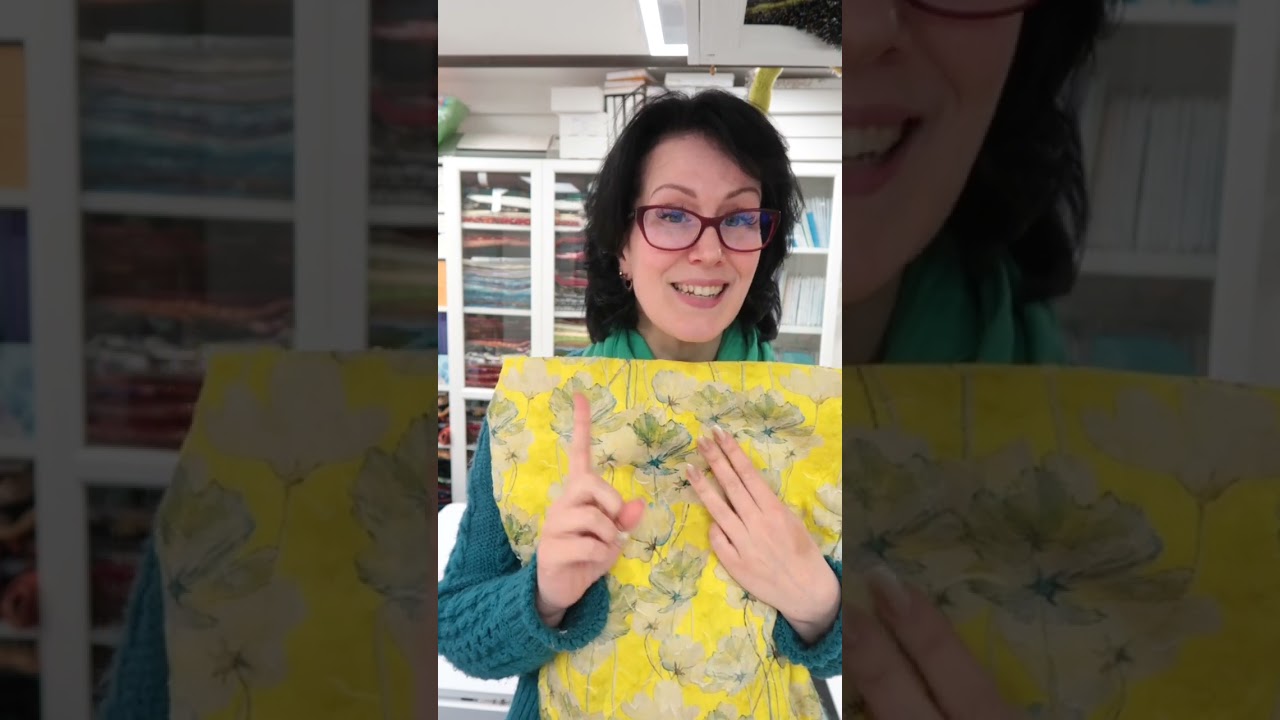Japanese cotton fabric is a testament to the meticulous craftsmanship and rich textile heritage of Japan. Renowned for its exceptional quality and unparalleled softness, this fabric has captivated the hearts of fashion enthusiasts and designers worldwide. With a history dating back centuries, Japanese cotton fabric is intricately woven using traditional techniques that have been passed down through generations. The result is a fabric that exudes elegance, comfort, and durability.
What sets Japanese cotton fabric apart is its unique characteristics. The cotton fibers used are carefully selected for their superior quality, ensuring a soft and smooth texture that is gentle on the skin. The fabric is also known for its remarkable breathability, allowing for optimal airflow and moisture absorption, keeping the wearer cool and dry even in warm climates.
The intricate patterns and designs found in Japanese cotton fabric are a true testament to the artistry and creativity of Japanese artisans. From delicate floral motifs to bold geometric patterns, each piece tells a story and adds a touch of sophistication to any garment or home decor.
Whether you are a fashion enthusiast, a designer, or simply someone who appreciates fine craftsmanship, Japanese cotton fabric is sure to pique your interest. Its luxurious feel, exceptional quality, and timeless appeal make it a must-have for those seeking to add a touch of Japanese elegance to their wardrobe or home. Experience the beauty and allure of Japanese cotton fabric and embrace the artistry of this exquisite textile.

The Beauty and Craftsmanship of Japanese Cotton Fabric
For centuries, Japan has been renowned for its rich textile heritage and impeccable craftsmanship. Among the many treasures of Japanese fabrics, Japanese cotton fabric stands out for its unparalleled quality, softness, and unique weaving techniques. In this article, we delve into the world of Japanese cotton fabric, exploring its history, production methods, and why it has become so highly sought after worldwide.
History of Japanese Cotton Fabric
Japanese cotton fabric has a long and fascinating history that dates back to ancient times. Cotton cultivation in Japan began during the Yayoi period, around 300 B.C. Initially, cotton was imported from China and Korea, but as Japan's textile industry developed, it started to produce its cotton fabric.
The Edo period (1603-1868) marked a significant turning point for Japanese cotton fabric. During this time, cotton production and weaving techniques flourished, leading to the creation of intricate and intricate designs. The fabrics produced during this period were mainly used for kimonos, the traditional Japanese garment.
It was not until the Meiji period (1868-1912) that Japan started to adopt Western-style cotton weaving machines, which further revolutionized the cotton industry. The combination of traditional craftsmanship and modern technology resulted in the production of high-quality cotton fabric that became highly coveted both in Japan and abroad.
Production Methods of Japanese Cotton Fabric
Japanese cotton fabric is known for its exceptional quality, which is a result of meticulous production methods passed down through generations. The production process begins with the cultivation of cotton plants. Japan's climate and fertile soil provide the perfect conditions for growing cotton, resulting in fibers known for their softness, durability, and breathability.
Once the cotton is harvested, it undergoes a rigorous cleaning process to remove impurities. The cleaned cotton fibers are then spun into yarn using traditional spinning techniques. The yarn is meticulously inspected for any imperfections before it is ready for weaving.
Weaving is a crucial step in the production of Japanese cotton fabric. Traditional Japanese weaving techniques, such as kasuri and ikat, are used to create intricate patterns and designs. Kasuri involves the resist dyeing of yarn before weaving, resulting in beautiful patterns that appear as if they were painted on the fabric. Ikat, on the other hand, involves dyeing the yarn before weaving, resulting in a distinct blurred effect.
After weaving, the fabric undergoes a finishing process, which includes washing, dyeing, and ironing. This process ensures that the fabric is soft, vibrant, and ready for use in various garments and home textiles.
The Appeal of Japanese Cotton Fabric
Japanese cotton fabric has gained a global reputation for its exceptional quality and unique characteristics. Here are some reasons why it continues to captivate people worldwide:
1. Softness and Comfort:
Japanese cotton fabric is incredibly soft and gentle against the skin. The careful cultivation and spinning of the cotton fibers result in a fabric that feels luxurious and comfortable to wear.
2. Breathability:
One of the key advantages of Japanese cotton fabric is its breathability. The fabric allows air circulation, making it ideal for hot and humid climates. It wicks away moisture, keeping the body cool and dry.
3. Durability:
Japanese cotton fabric is known for its durability. The meticulous production methods and high-quality fibers ensure that the fabric can withstand daily wear and tear without losing its shape or color.
4. Unique Designs:
The intricate patterns and designs created using traditional weaving techniques make Japanese cotton fabric truly unique. Each piece of fabric tells a story and showcases the artistry and creativity of the Japanese textile industry.
5. Versatility:
Japanese cotton fabric is incredibly versatile and can be used for a wide range of applications, including clothing, accessories, quilting, and home textiles. Its versatility and timeless appeal make it a favorite among designers and craft enthusiasts.
Preserving the Legacy of Japanese Cotton Fabric
As the world becomes more globalized, it is crucial to preserve traditional crafts like Japanese cotton fabric. The Japanese government and various organizations are actively working to promote and protect this cultural heritage. Initiatives such as craft workshops, exhibitions, and educational programs aim to pass down the knowledge and skills required to produce these exceptional fabrics.
By appreciating and supporting Japanese cotton fabric, we not only uphold the legacy of the past but also contribute to the sustainable future of the textile industry. So next time you come across a piece of Japanese cotton fabric, take a moment to admire the artistry and craftsmanship that went into creating it.
“Sunshine in Textiles: The Cloth Edit's Vibrant Yellow Japanese Cotton”
Video Source : Kittenish Behaviour
List of Japanese Cotton Fabric
Japanese Cotton Fabric
Japanese cotton fabric, also known as “wagara,” is renowned for its exceptional quality and exquisite designs. Combining traditional craftsmanship with modern innovation, this fabric has gained popularity not only in Japan but also worldwide. Let's explore some fascinating information about Japanese cotton fabric:
| Aspect | Description |
|---|---|
| Production | Japanese cotton fabric is meticulously produced using high-quality, long-staple cotton fibers. These fibers are carefully spun into yarns, which are then woven into a variety of fabrics, ranging from lightweight voiles to sturdy canvas. |
| Weaving Techniques | Japanese artisans employ various weaving techniques to create unique textures and patterns. Some notable techniques include Kasuri, a resist-dyeing method producing intricate geometric patterns, and Shibori, which involves creating beautiful tie-dye effects by manipulating the fabric. |
| Designs | Japanese cotton fabric is renowned for its captivating designs inspired by nature, traditional motifs, and cultural symbols. These designs often reflect the rich history and heritage of Japan, making each fabric a work of art. |
| Quality | Japanese cotton fabric is highly regarded for its exceptional quality. The attention to detail during the production process ensures that the fabric is soft, durable, and has excellent breathability. Its high thread count contributes to its luxurious feel. |
| Usage | Due to its versatility, Japanese cotton fabric finds application in various areas such as apparel, home decor, and craft projects. It is often used to create stylish clothing, bedding, curtains, and accessories, providing a touch of elegance and sophistication. |
| Popularity | Japanese cotton fabric has gained immense popularity worldwide due to its aesthetic appeal and superior quality. Many designers and enthusiasts seek out this fabric to add a touch of Japanese elegance to their creations. |
Embracing the rich heritage of Japanese craftsmanship, Japanese cotton fabric continues to captivate individuals with its beauty and exceptional quality. Whether used in fashion or home decor, this fabric adds a touch of elegance and sophistication to any project.

